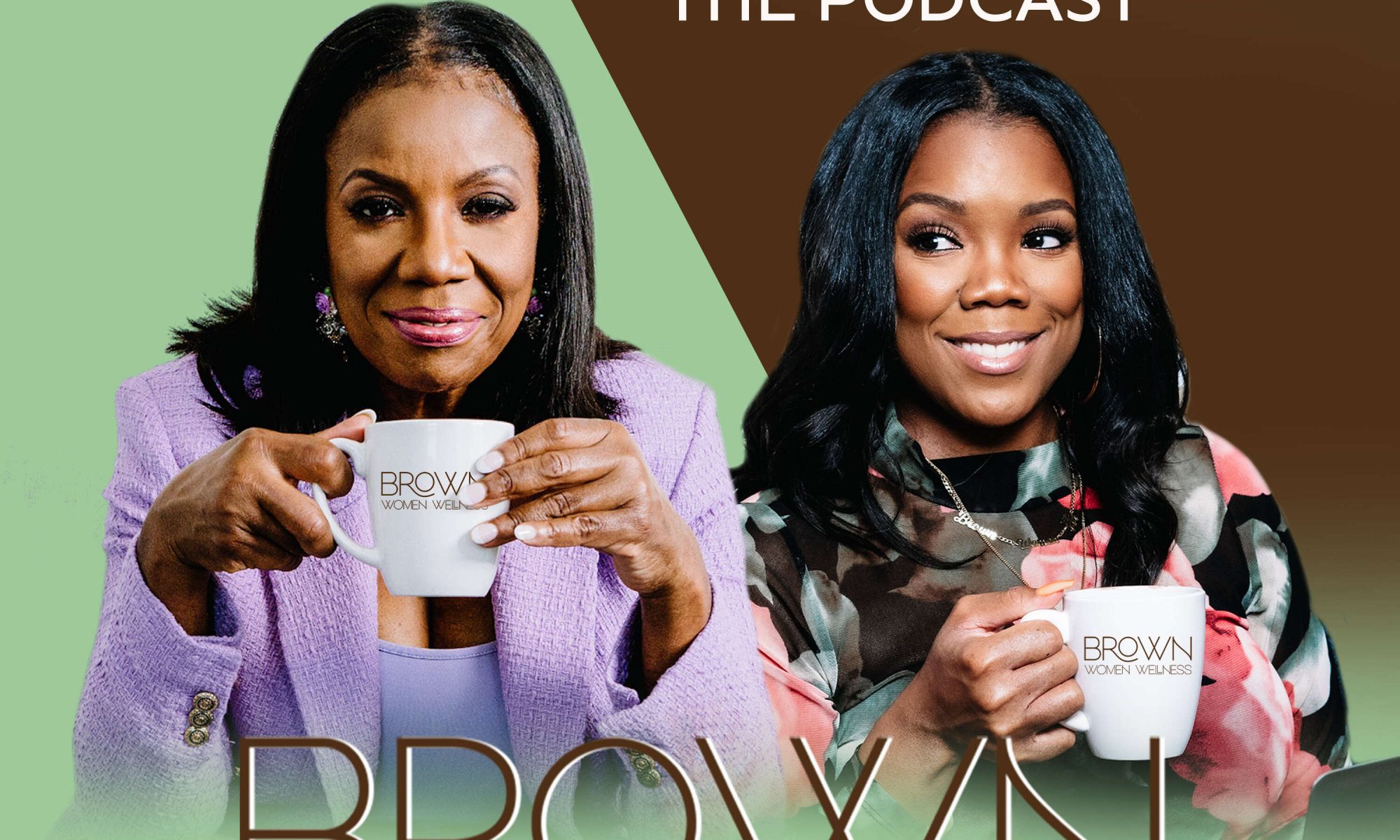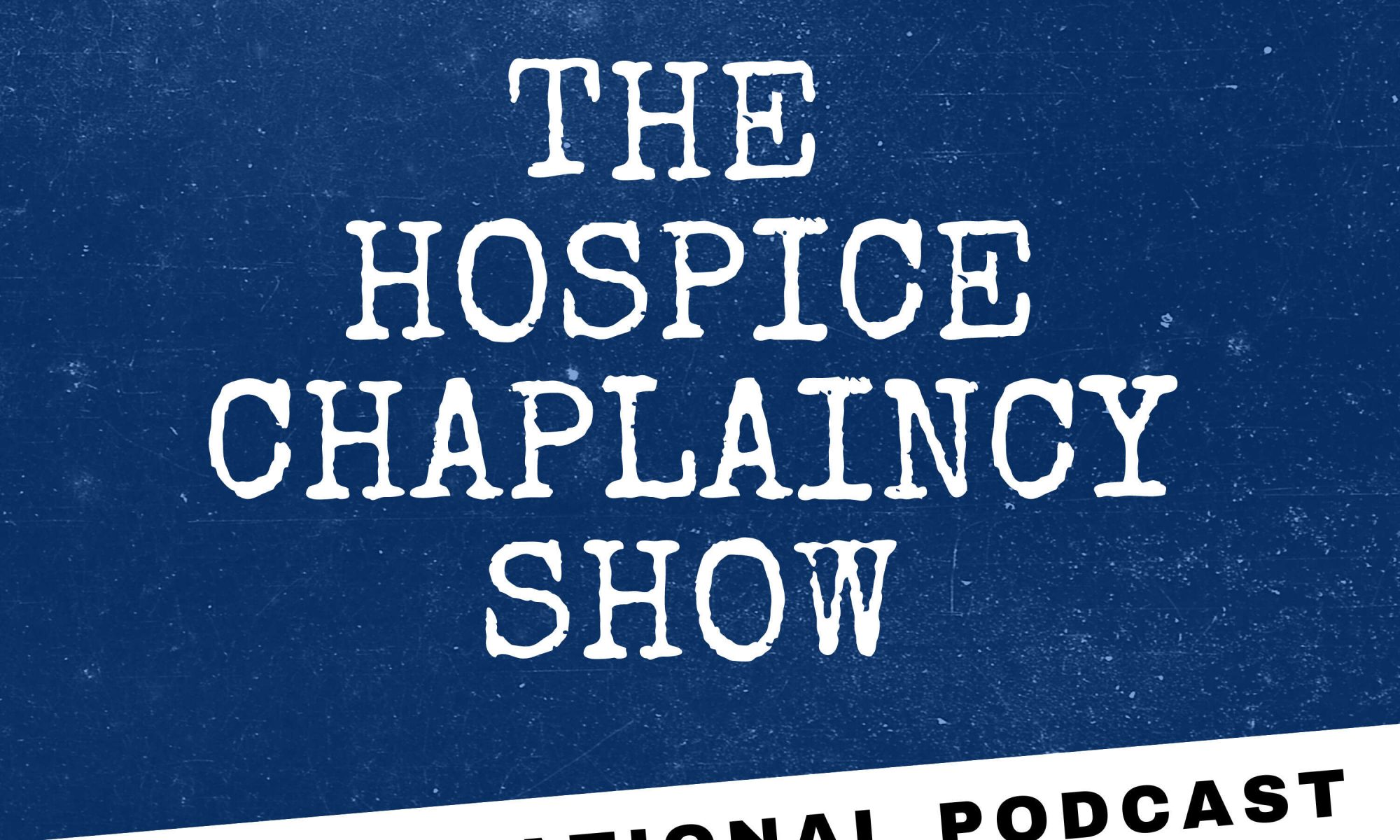Wes and Esther study the Teshuva of John the Baptist, and start with the Gospel of Luke 3:7.
Well Honestly Episode 8: The Consequences of Baking soda, Breastfeeding and Fibroids
Do you have questions about your body and how to navigate getting your health in order? We are in the same boat. During this episode we talk about the facts, the myths and the legends regarding women of color and their health.
[5:03] Why Baking Soda May Be Your Missing Ingredient
[12:05] Why Breastfeeding Sparks So Much Controversy
[28:50] Why Fibroids Are Attacking Women of Color
[42:00] More About Us & Our Mission & Who to Follow Online
Want the Baking Soda Recipe?
Sea salt (pinch)
2 cups of warm Coconut Water
Juice of 1/2 lemon
1/2 teaspoon of Baking soda
Manuka honey to taste
Shake it up and drink
What are 5 advantages of breastfeeding?
Benefits for life, breastfeeding may result in:
- Lower risk of breast cancer.
- Lower risk of ovarian cancer.
- Lower risk of rheumatoid arthritis and lupus.
- Less endometriosis.
- Less osteoporosis with age.
- Less diabetes.
- Less hypertension decreases blood pressure.
- Less cardiovascular disease.
LINKS MENTIONED IN THIS EPISODE
+ @WellHonestlyPodcast on Instagram
SUBSCRIBE + REVIEW ON APPLE PODCASTS
Thank you for listening. We hope this podcast has been informative & an inspiring resource to create the kind of life you want with your health in mind.
To help get this podcast in front of more women like you, please consider leaving us a rating and review on Apple Podcasts here! The 10 seconds you take doing this means the WORLD to us and the women who will be helped by this show.
Click here to go to our Podcast Website
Jurassic Chicken Park
This week is a collection of nothing but sudden turns that inevitably qualify Damon as a paleontologist.
Lola by Gina makes us look good for the microphone! IG FB
Footwedge Custom Pens – Super cool pens!
Ten Drops Coffee in Plainfield, IL – Totally not a sponsor! (Call Me)
Get yourself a Roku TV!
Mac is on the all new Aston Element Microphone!
The host and sidekick are on the Aston Stealth!
Check out our website!
thatchecksout.net
Email Damon your business ideas at
thatchecksoutwdt@gmail.com
Follow us on social media!
snapchat: TCODamonTed
twitter.com/OutWdt
instagram.com/thatchecksoutwdt
facebook.com/thatchecksoutwithdamonandted
Recorded at Audiohive Podcasting, a studio dedicated to podcast recording, editing, and production!
audiohivepodcasting.com
facebook.com/audiohivepodcasting
instagram.com/audiohiveproductions
Audiohive Podcasting uses
Presonus Studio One, and
Izotope Nectar, RX, and Ozone to record, mix, and edit podcasts.
4: Preparing the Way of the Lord
Today we turn to Isaiah, Chapter 4.
Our Youtube Channel
They Lied to You About What’s Healthy
In this episode we break down the power in “studying to show thyself approved.” Oftentimes many of us take what we hear from others as truth without researching things for ourselves. One of the most dangerous areas to commit this mistake in is your health, wealth and time. If anyone should be diligent about the preservation of your quality of life, it should be you.
We talk about the common misconceptions of what seems to be healthy based on smart advertising and marketing versus what is actually good for you. We share how we were able to decipher the rhetoric sabotaging the healthy food industry and ways you can avoid falling for the illusion. As brown women around the globe we are targeted continuously for our buying power.
CNN recently posted that “new data released (shows that) employers cut 140,000 jobs in December (of 2020), signaling that the economic recovery from the coronavirus pandemic is backtracking. Digging deeper into the data also reveals a shocking gender gap: Women accounted for all the job losses, losing 156,000 jobs, while men gained 16,000″. This means that more women will be looking for ways to deal and cope with sudden changes in their lifestyle.
Many lean towards food consumption and engaging in health centered activities. We believe that a clear understanding of knowing who to listen to, what to believe and how to research for yourself will be vital for women in America within the coming months. Dealing with a virus that targets all people has prompted an uptick in the sale of vitamins and what is deemed “organic” and or healthy food.
As we dig deep into making this year the best possible- we want to encourage you to sit still. Don’t run from your thoughts. Pour a cup of our amazing tea and have time to and for yourself to deal with how fast this life goes by. Know that you are equipped with everything you want and need to have, be and get everything you want and need. We are here for you Brown Babe. Don’t forget to join our Facebook community to ensure you have the sisterly support you deserve and need.
Facebook Group: https://www.facebook.com/groups/brownwomenwellness/
Buy Our Tea: https://www.brownwomenwellness.com
CNN Article: https://www.cnn.com/2021/01/08/economy/women-job-losses-pandemic/index.html
Episode 41: Marellen Mayers On Woman Priesthood and Hospice Chaplaincy
Marellen Mayers also works as a Hospice Chaplain at Gilchrist Hospice. She has also attained the following degrees.
· A.A, degree in Early Childhood Education
· B.A. degree in Human Services (Social Work)
· M.A. degree in Holistic Spirituality
A Bluetooth Rooster Cage and a Blind Vacuum
The guys uncover some amazingly pointless world records, Damon threatens to bring back his mullet for competition purposes, and they learn the safety hazards of Bluetooth!
Footwedge Custom Pens – Super cool pens!
Ten Drops Coffee in Plainfield, IL – Totally not a sponsor! (Call Me)
Get yourself a Roku TV!
Mac is on the all new Aston Element Microphone!
The host and sidekick are on the Aston Stealth!
Check out our website!
thatchecksout.net
Email Damon your business ideas at
thatchecksoutwdt@gmail.com
Follow us on social media!
snapchat: TCODamonTed
twitter.com/OutWdt
instagram.com/thatchecksoutwdt
facebook.com/thatchecksoutwithdamonandted
Recorded at Audiohive Podcasting, a studio dedicated to podcast recording, editing, and production!
audiohivepodcasting.com
facebook.com/audiohivepodcasting
instagram.com/audiohiveproductions
Audiohive Podcasting uses
Presonus Studio One, and
Izotope Nectar, RX, and Ozone to record, mix, and edit podcasts.
3: Am I My Brothers Keeper?
Today we are turning to Genesis chapter 4, to study the Teshuva of Cain.
Interview with Dr. Ivana Parker – How HIV and Other Illnesses Can Be Tackled
Engineering Tools to Characterize Immune Responses Important for HIV Prevention
HIV remains a global epidemic, with 37.9 million people living with HIV worldwide (UNAIDS, 2018). Various prevention strategies, including pre-exposure prophylaxis (PrEP) and antiretroviral treatment in pregnant women with HIV have shown to be effective in decreasing HIV transmission. As these prevention strategies are becoming more commonly used, it is important to understand their effects on immune responses relevant for proper diagnosis and treatment. In addition, elucidating inflammatory responses/mediators that can increase HIV susceptibility is also key to reducing HIV transmission. Altered immune responses in patients with HIV that occur as a response to novel PrEP modalities, are not well characterized and tools to characterize this altered response are lacking. Furthermore, as chronic inflammation is a factor known to increase HIV risk, it is important to understand mechanisms mediating these processes. This talk will discuss the methods I have developed to explore immune responses related to HIV prevention and diagnosis. These include characterization of HIV antibodies commonly used for diagnostic tests, and proteomics-based systems biology approaches used to analyze epigenetic mechanisms of inflammation shown to increase HIV risk in uninfected infants born to HIV positive mothers.
Brief Bio:
Dr. Ivana Parker is a Fulbright Scholar who recently completed a year-long study at the University of Cape Town in South Africa. Her project assessed the risk of a commonly used tuberculosis vaccine, BCG, on HIV susceptibility in infants using proteomics and systems biology approaches. She completed a two-year post-doctoral fellowship as an American Society for Microbiology postdoctoral fellow at the Centers for Disease Control within the Division of HIV/AIDS Prevention. At the CDC, she evaluated the impact of antiretroviral therapy (ART) on current diagnostic assay approaches and identified trends to optimize assay design. Ivana received her PhD in Bioengineering from Georgia Tech in 2015. Her thesis investigated the effects of pro-atherogenic shear stress, HIV proteins, and antiretroviral therapies on the vasculature using in vivo and in vitro models. During her time at Georgia Tech, she received the NSF graduate research fellowship and was selected to be a trainee on an NIH Cell and Tissue Engineering Training Grant. She also received a Whitaker Grant to develop artificial aortic valves in Cape Town, South Africa and facilitated set-up of a lab in Addis Ababa, Ethiopia during her PhD training. Ivana earned her BS in mechanical engineering from the University of Florida in 2009.
Source:
ENGINEERING TOOLS TO CHARACTERIZE IMMUNE RESPONSES IMPORTANT FOR HIV PREVENTION
Connect with Dr Parker on Twitter: @DRIKParker
As we dig deep into making this year the best possible- we want to encourage you to sit still. Don’t run from your thoughts. Pour a cup of our amazing tea and have time to and for yourself to deal with how fast this life goes by. Know that you are equipped with everything you want and need to have, be and get everything you want and need. We are here for you Brown Babe. Don’t forget to join our Facebook community to ensure you have the sisterly support you deserve and need.
Facebook Group: https://www.facebook.com/groups/brownwomenwellness/
Buy Our Tea: https://www.brownwomenwellness.com
How to Come Into Money
The week the guys discover a very lucrative type of collecting, dabble in the realm of bird disguises, and verify that Damon’s recent infatuation with pirates has transformed him into the ultimate “deckhand.”
Lola by Gina makes us look good for the microphone! IG FB
Footwedge Custom Pens – Super cool pens!
Ten Drops Coffee in Plainfield, IL – Totally not a sponsor! (Call Me)
Get yourself a Roku TV!
Mac is on the all new Aston Element Microphone!
The host and sidekick are on the Aston Stealth!
Check out our website!
thatchecksout.net
Email Damon your business ideas at
thatchecksoutwdt@gmail.com
Follow us on social media!
snapchat: TCODamonTed
twitter.com/OutWdt
instagram.com/thatchecksoutwdt
facebook.com/thatchecksoutwithdamonandted
Recorded at Audiohive Podcasting, a studio dedicated to podcast recording, editing, and production!
audiohivepodcasting.com
facebook.com/audiohivepodcasting
instagram.com/audiohiveproductions
Audiohive Podcasting uses
Presonus Studio One, and
Izotope Nectar, RX, and Ozone to record, mix, and edit podcasts.





